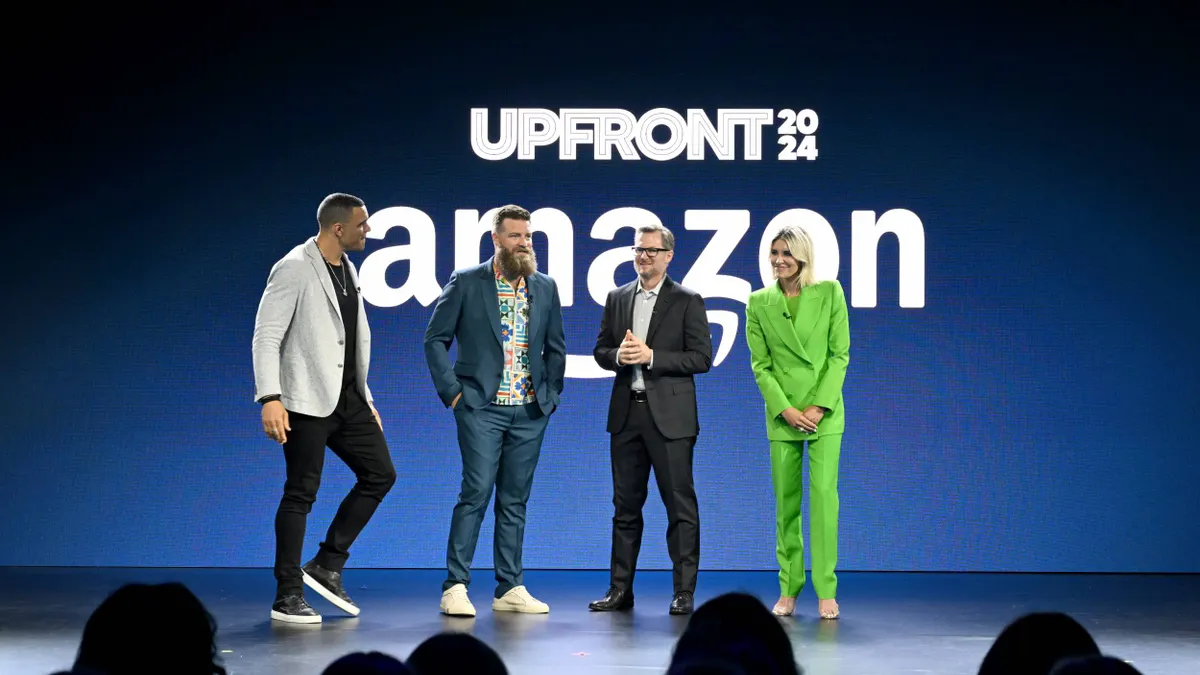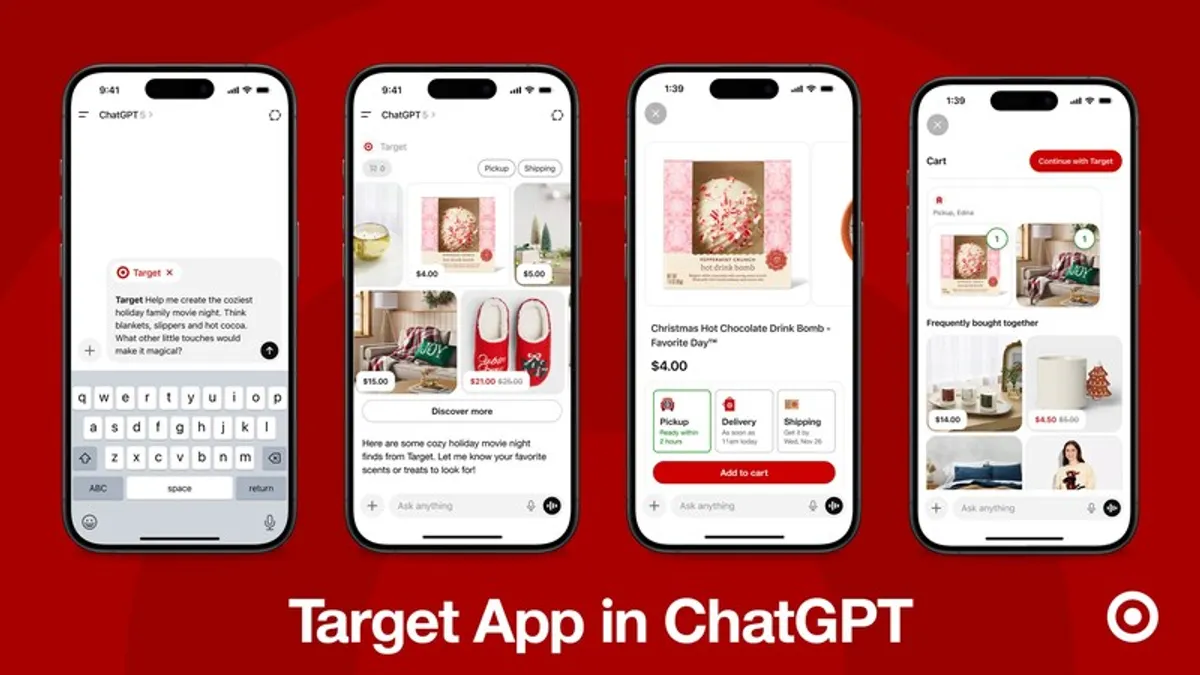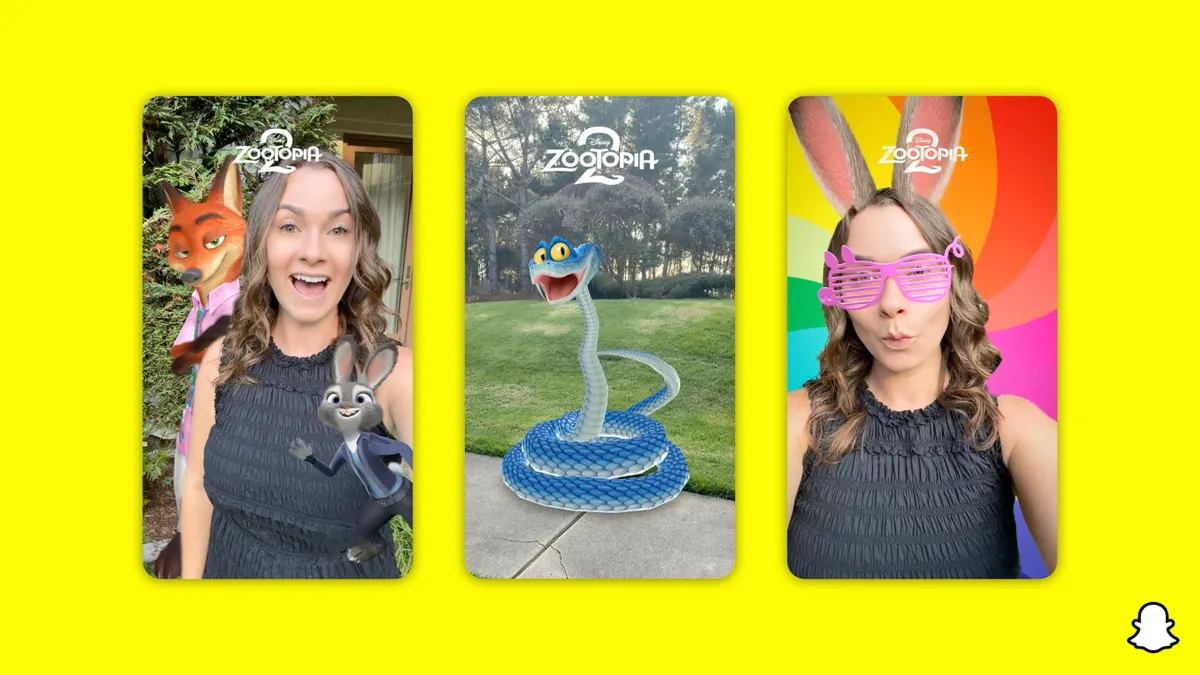Editor's Note: The following is a guest post from Alan Siegel, president and CEO of Siegelvision.
An environment bombarded by economic disruption, radical technological shift, the interconnected global economy and growing crises of complexity generated by fake news, the social net and government has created stark new challenges to brand identity.
One can't escape complexity. It robs us of time, patience, understanding and money. To combat this situation, marketers must use the power of clarity as a focal point in defining brand identity, brand voice and experience. Clarity helps deliver simple, hard-hitting solutions that inspire action and drive impact. Clarity needs to be the foundation of a brand's identity.
The siren song of "strategic nonsense" has created a Tower of Babel as brands struggle with platforms strewn with uncoordinated arrays of constructs, cumbersome generic mission statements, unimaginative positionings and garbled brand voice. Recently, a client charted seven elements in their branding program and while it was the pride of the marketing department, it was disparaged by virtually everyone else in the organization. That's not the way to build a sustainable culture.
Contrary to common practice, penetrating branding programs do not arise from research drawn from a flawed "outside-in" approach. Customers can tell you what you're doing wrong, but not how to develop a compelling brand solution. I prefer an "inside-out" approach, where the hard work of developing strategies for brand building grows out of tapping the insights from talent within the organization.
Brand identity is framed by a clearly defined purpose
So how does one approach brand building in the 21st century? An organization's purpose is its reason for being; the marketplace needs a company's answer and to hear the problems it seeks to solve. Defining a succinct purpose creates coherence for employees around what your company stands for beyond making money. This should be the driving force behind strategy and investments.
Obscure, unintelligible tag lines that masquerade as positioning like: "Life. Well Spent" (Sears); "The Power of &" (AT&T) and "A Body for Every Body" (Victoria's Secret) do not create penetrating positioning that will ignite employees' enthusiasm to live the brand. Positioning is the foundation that ensures that a branding program rings true with employees. First, conduct validation research to check that the positioning is clear, credible and relevant.
Facing constantly dislocating advances in technology means that businesses need to be effective communicators of scientific issues, as Andrew Hoffman, professor of sustainable enterprise at the University of Michigan, pointed out in a paper published in the Journal of Change Management last year. "We need new and multiple Carl Sagans, scholars who can take scientific ideas and make them understandable by recognizing their deep cultural and social underpinnings," he wrote.
Too many branding programs incorporate the definition of the brand voice in their guidelines with several predictable words: human, empathetic, courageous, etc., followed by short definitions. The prototype materials that accompany these words rarely reflect the brand voice, creating a disconnect that is one of the weakest points in branding programs today.
When you are building a brand voice, clarity is critical. Your voice should also be authentic and honest. Rise above the noise by projecting your individual corporate personality. These days, you absolutely need a training program to teach the organization to use the voice, starting with corporate leadership and cascading through all layers of the organization. Since the advent of the internet and the rise of social media, everyone is projecting the company's voice, not just the people who create the organization's communications. Without guidance, employees fragment the company's voice and replace it with their own.
'Culture eats strategy for breakfast' - Peter Drucker
An essential component of a 21st-century branding program is defining and living brand culture. Employees will actively engage and support the brand if they see the organization has a purpose beyond ROI and displays values they can embrace and share. People want to be part of a winning team and will enrich the brand if they are made to feel empowered while achieving personal and professional growth.
An inspired culture is the underpinning for building a branding program with real impact. When evaluating brand impact, corporations should measure how the culture is working to support the brand, in addition to all the traditional performance indicators.
One cannot over-emphasize the importance of instilling a passionate, uplifting, creative spirit at the core of one's brand identity. In words sometimes attributed to Albert Einstein: "Logic will get you from A to B, imagination will take you everywhere."




















